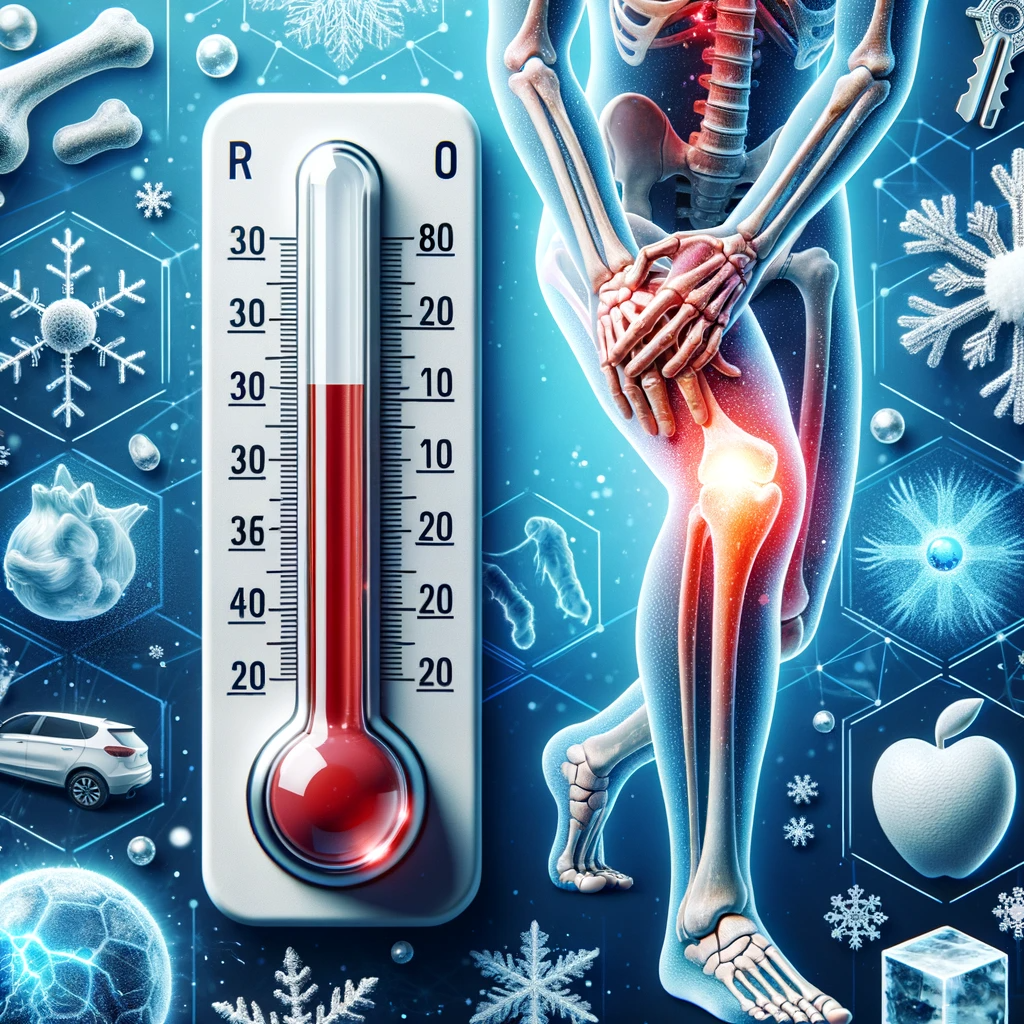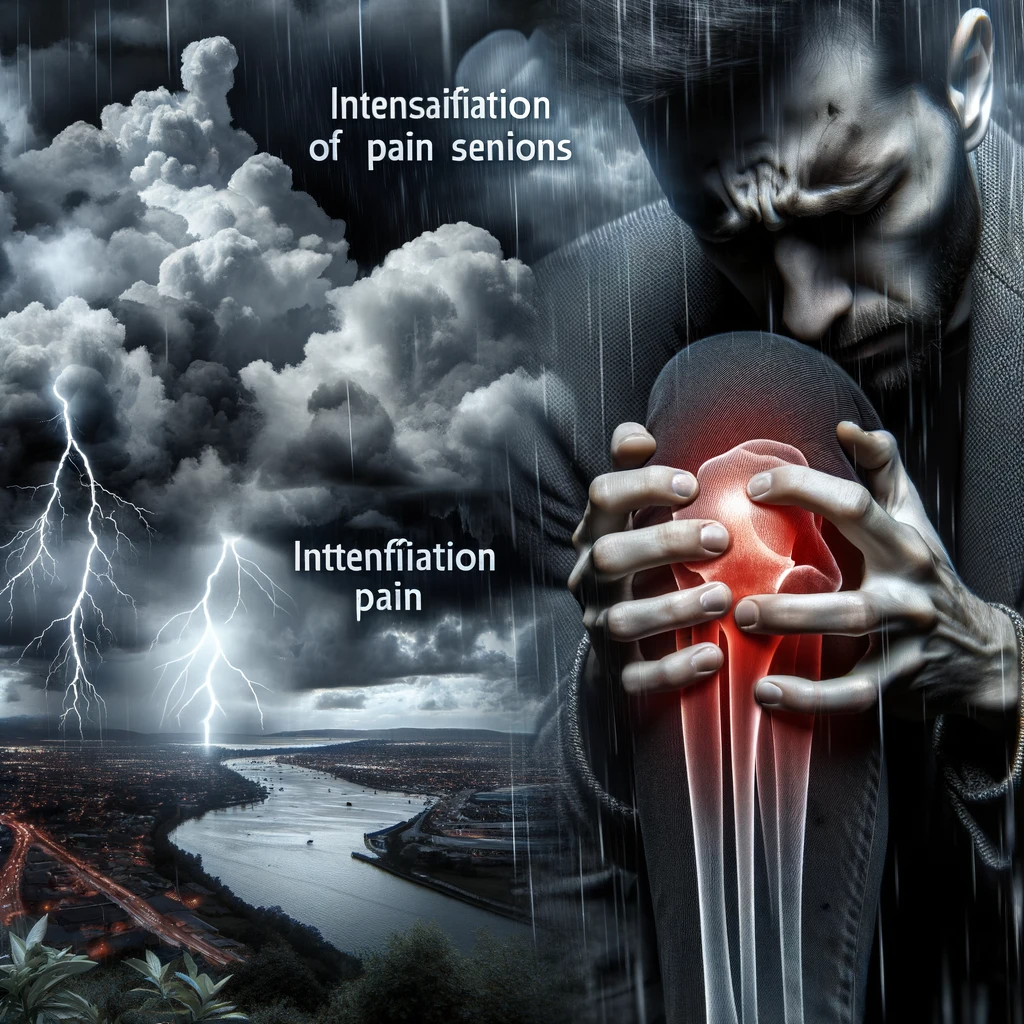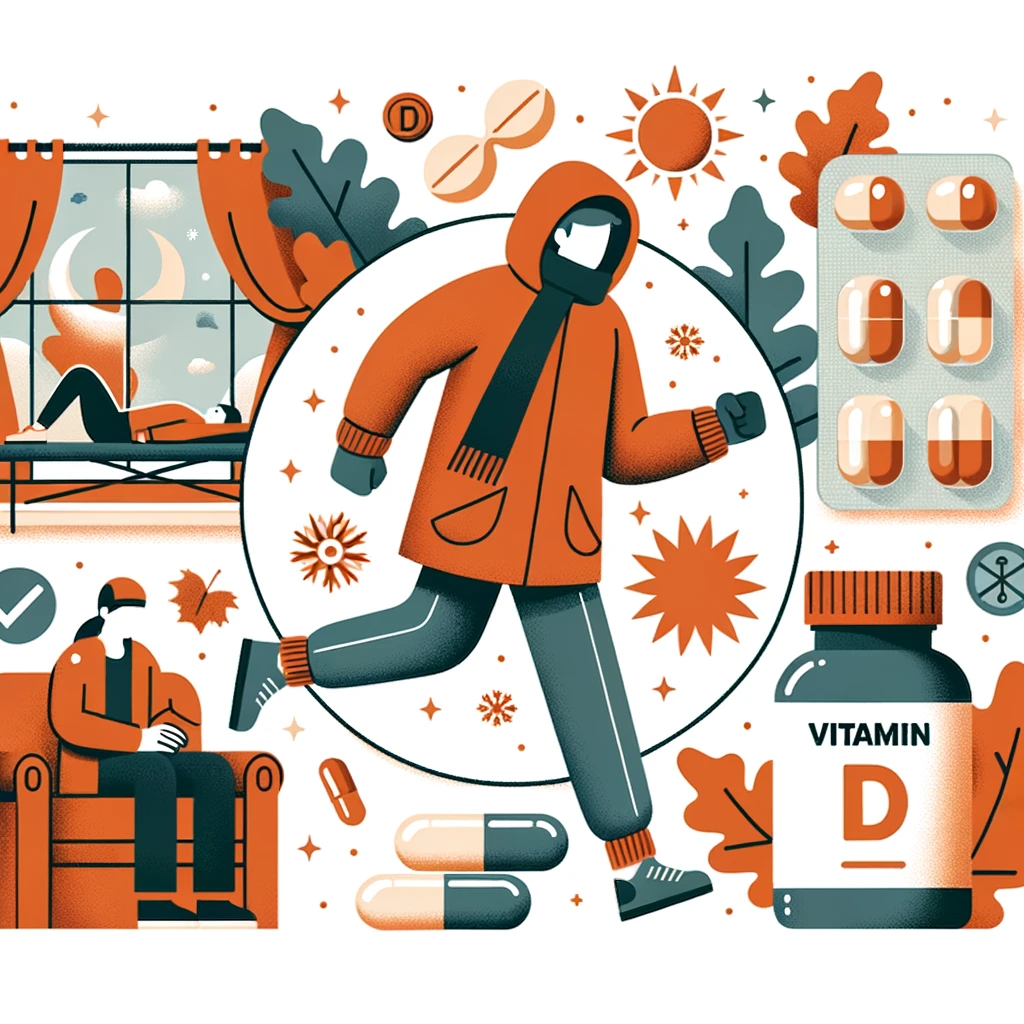date:
10.2023.20Navigating the Chill: How Autumn and Winter Weather Impacts Your Joints (and What You Can Do About It)
As the vibrant colors of fall fade and winter's chill sets in, many Americans over 40 find themselves facing a familiar foe: increased joint pain and stiffness. If you're one of the millions experiencing this, you're not imagining it. The colder months can significantly impact arthritic conditions, affecting daily life and even mood. But understanding why this happens and what proactive steps you can take can make a world of difference.

Why Does Cold Weather Affect Our Joints?
It's a question many ask, and the answer involves a fascinating interplay of physiological responses. While the exact mechanisms are still being researched, here's what we know:
- Muscle Tension and Reduced Circulation: When temperatures drop, our bodies naturally try to conserve heat. This can lead to blood vessel constriction and muscle tightening. Tighter muscles can pull on joints, and reduced blood flow means less oxygen and fewer nutrients reach the joint tissues, potentially intensifying pain and stiffness. Think of it like a cold, stiff rubber band – it's less flexible than a warm one.
- Thickening of Joint Fluid: Your joints contain synovial fluid, a natural lubricant that helps reduce friction. In colder temperatures, this fluid can become thicker and less effective, making movements feel more difficult and increasing stiffness.
- Exacerbated Inflammation: Arthritis is often characterized by inflammation around the joints. Cold weather can sometimes irritate or even amplify this inflammatory response, leading to more swelling, redness, and pain.
- Decreased Activity Levels: Let's face it, when it's cold and gloomy outside, we're less likely to be out and about. This reduction in physical activity can lead to joint stiffness and muscle weakening, creating a vicious cycle where less movement exacerbates pain, making you want to move even less. The American College of Rheumatology emphasizes that regular, gentle exercise is crucial for managing arthritis symptoms.
- Psychological Impact: The shorter, darker days of autumn and winter can affect our mood, sometimes leading to feelings of sadness or anxiety. These emotional states can influence how we perceive and react to pain, potentially making it feel more intense or harder to cope with.
For those managing osteoarthritis (the "wear and tear" arthritis) or osteoporosis (weakened bones), these cold-weather effects can be even more pronounced. Reduced outdoor activity also means less exposure to sunlight, which can impact Vitamin D levels – a crucial nutrient for bone health.

Eastern Wisdom Meets Western Needs: An Integrative Approach
While Western medicine offers powerful tools for managing arthritis, traditional approaches, like those found in Traditional Chinese Medicine (TCM), can offer complementary strategies. In TCM, joint pain exacerbated by cold is often seen as a blockage of "Qi" (vital energy) and blood flow. This perspective highlights the importance of promoting warmth and circulation.
For instance, topical applications of herbal liniments or balms (often referred to as "Trauma Ointments" or "Dit Da Jow" in a TCM context) are used to "invigorate blood and dispel stasis." These natural remedies, often containing warming herbs, are designed to improve local circulation and reduce pain and swelling, much like a warming compress might work. They offer a gentle, external approach that can be easily incorporated into your daily routine.

Proactive Steps to Protect Your Joints This Season
Don't let the changing seasons dictate your comfort. Here are actionable strategies to help you navigate the colder months:
- Stay Warm, Inside and Out: Layer up! Wear warm clothing, especially focusing on covering your joints. Consider thermal underwear, gloves, and scarves. Indoors, use heating pads or warm baths to soothe aching joints.
- Keep Moving (Gently!): Regular, low-impact exercise is your joint's best friend. Think walking, swimming (in a heated pool!), cycling, or gentle yoga. Even short bursts of movement throughout the day can prevent stiffness. The Arthritis Foundation offers many resources for safe and effective exercises.
- Consult Your Doctor: Work with your healthcare provider to develop a personalized pain management plan. This might include medication, physical therapy, or other interventions. Don't hesitate to discuss how weather changes impact your symptoms.
- Prioritize Nutrition and Supplements: A balanced diet rich in anti-inflammatory foods (like leafy greens, berries, and fatty fish) can be beneficial. Discuss Vitamin D supplementation with your doctor, especially if you have limited sun exposure.
- Explore Topical Relief: Consider incorporating natural, warming topical remedies. Products formulated with traditional Chinese herbs, like those designed to "activate blood and dissolve stagnation," can provide soothing comfort directly to the affected area. Always look for reputable brands with clear ingredient lists.
Unlock Your Potential: Partner with Us
For U.S. distributors and agents, this growing awareness of integrative health solutions presents a significant opportunity. Our line of products, rooted in time-tested Traditional Chinese Medicine principles, offers effective, natural relief for individuals seeking complementary approaches to joint health. We are committed to providing high-quality, safe, and easily understandable products that resonate with the American consumer seeking natural wellness solutions.
Ready to bring the power of ancient wisdom to a modern market? We invite you to learn more about our product offerings and discuss how a partnership can benefit your business and the countless Americans seeking relief.
Contact us today to explore distribution opportunities and become a part of the movement towards holistic well-being.



